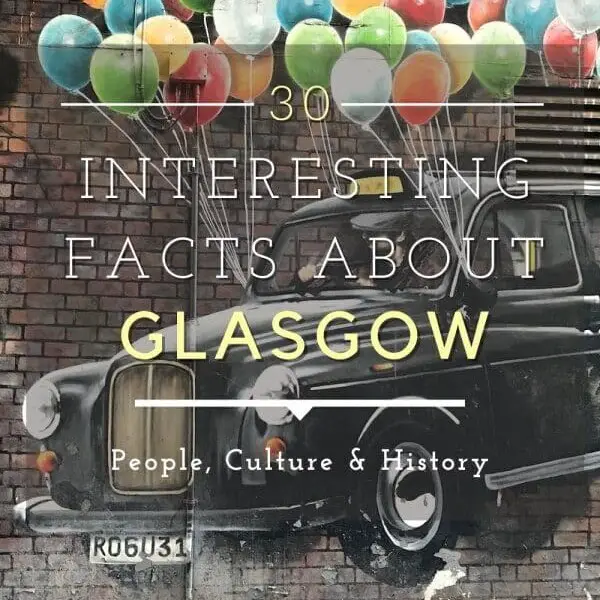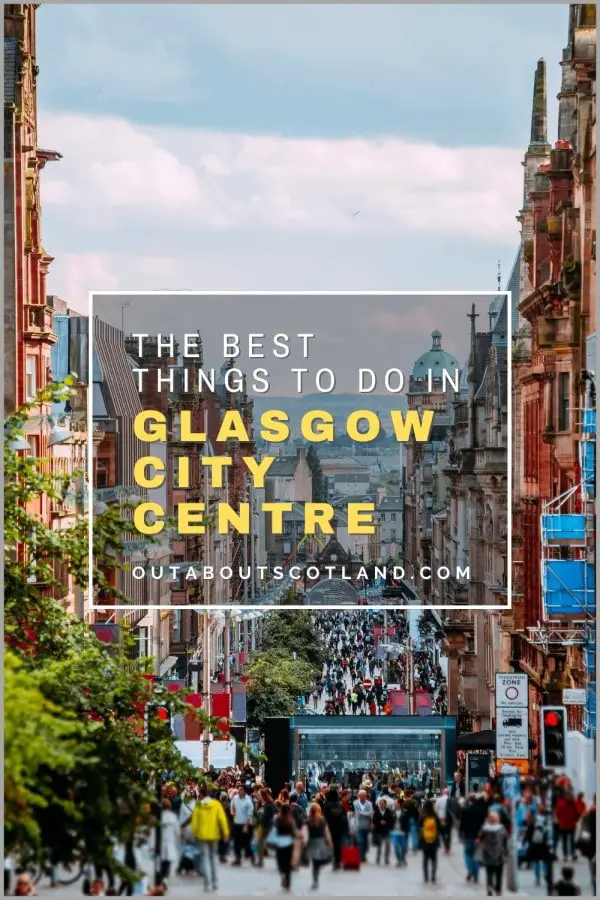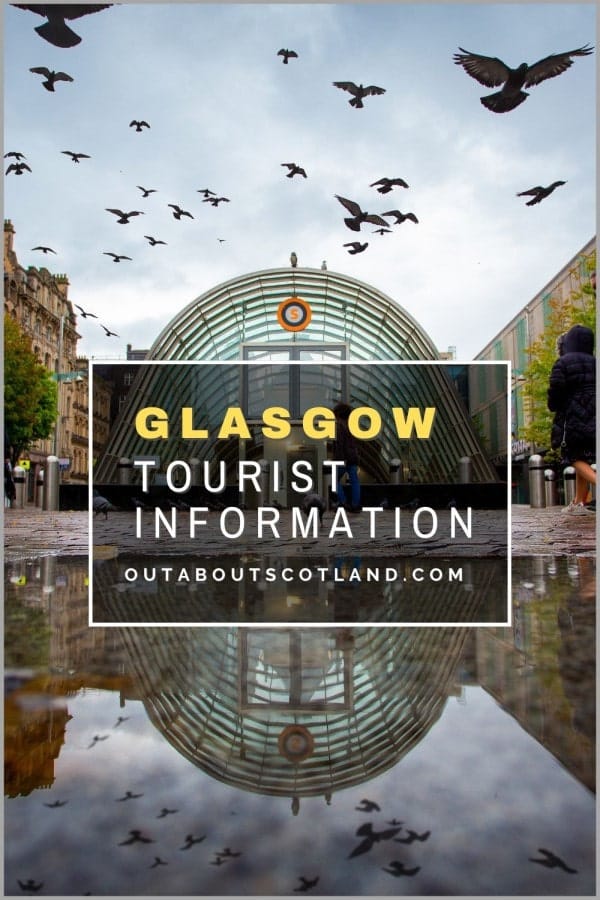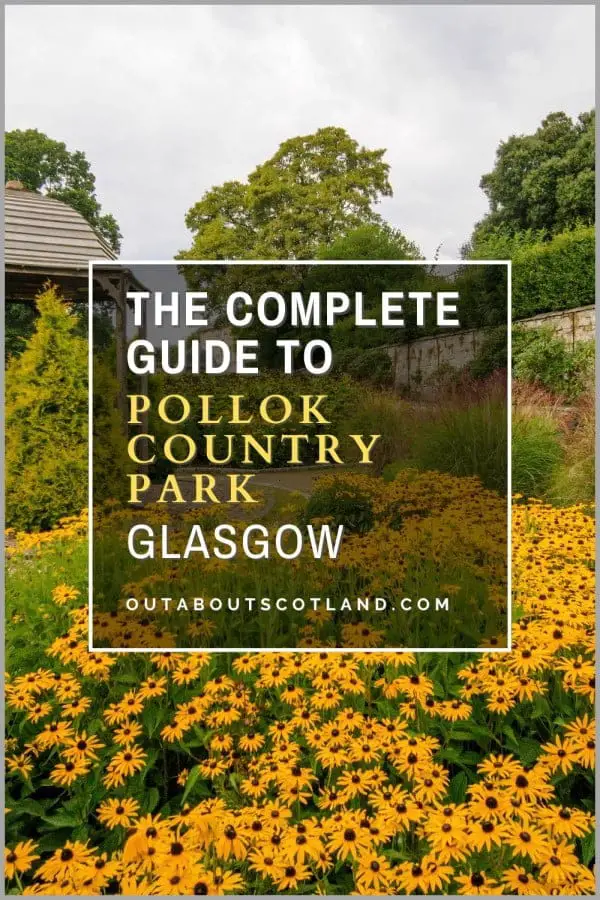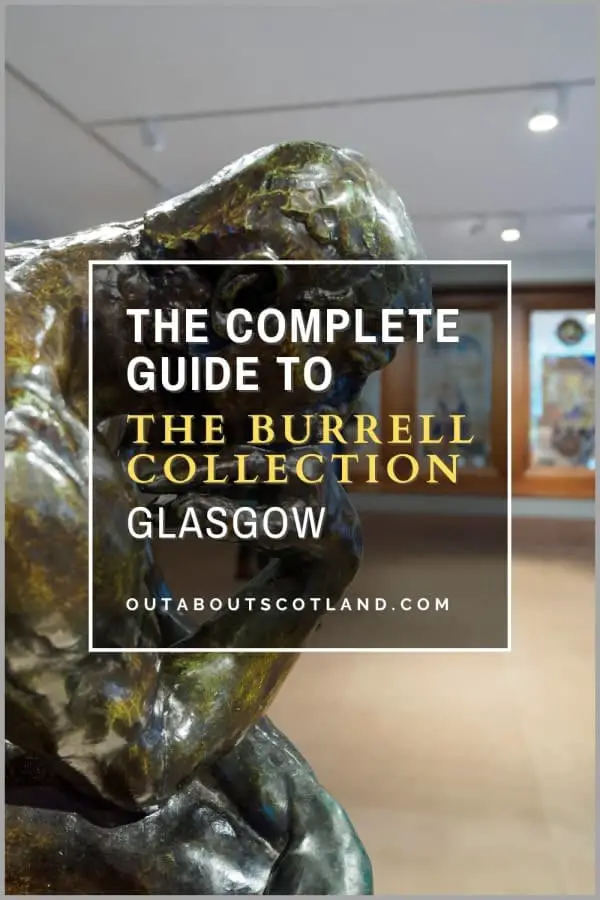Glasgow is Scotland’s largest city by area as well as the largest by population, with more than 590,000 residents who call it home. The city sees fewer tourists than Edinburgh, but it’s rapidly catching up thanks to a number of world-class attractions such as Glasgow Cathedral and the Riverside Museum of Transport.
Discover a collection of fascinating facts about Glasgow in this article which covers the city’s history, its people, and its world-class tourist attractions.
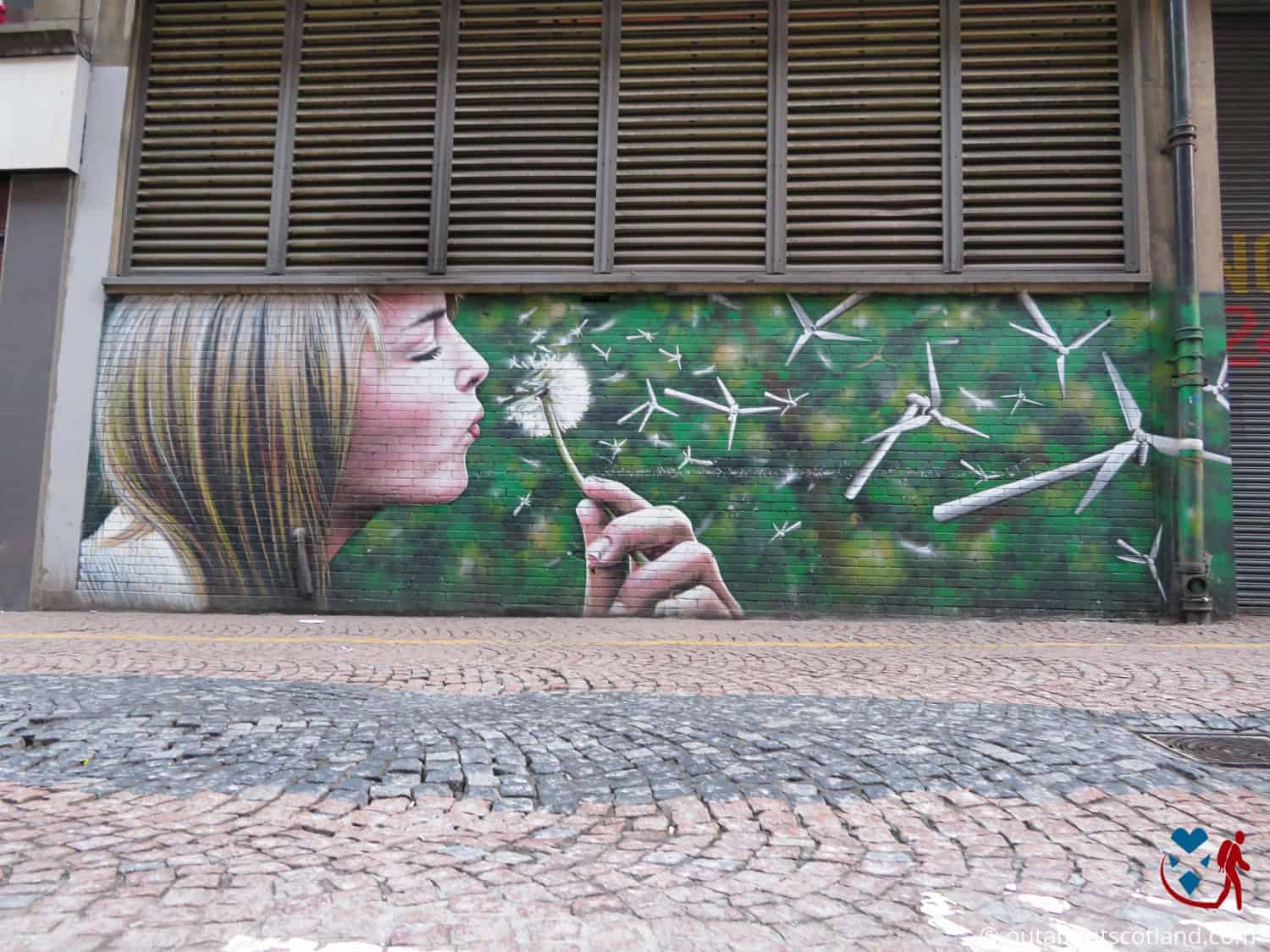
Interesting Facts About Glasgow
As the largest city in Scotland, Glasgow has a lot to offer visiting tourists. From the mighty River Clyde to the historic Merchant City, you’re guaranteed to have a great time in Glasgow, whether you’re a 20-something on the hunt for trendy bars or a pensioner on the lookout for historic sites.
While Glasgow city centre is arguably not quite as attractive as Edinburgh’s, it easily rivals it in every other regard thanks to its collection of theatres, restaurants, museums, and art galleries, along with a huge number of public parks like Kelvingrove Park and Glasgow Green.
It’s also the best place in the country to go shopping, and no visit to the city is complete without taking a wander down Buchanan Street before popping into the bars and restaurants on the Finnieston Strip.
If you’ve never been to Glasgow before, you’ll find it’s easy to get around thanks to an amazing array of travel options that include buses and taxis on virtually every street, as well as Scotland’s only underground metro system (more on that later).
There are almost too many interesting facts about Glasgow to include in one article, but you’ll find a collection in the following list that covers everything from historical facts about Glasgow to its industrial heritage and modern-day tourist attractions.
1. Glasgow has connections to the River Clyde that go back to the Roman Empire. For millennia, the river was a prime fishing site for Scotland’s ancient tribes, so when the Romans arrived 2,000 years ago, the tribespeople did not take kindly to the Roman outposts that were built along the Antonine Wall. The Romans had to spend a huge amount of resources manning the vast wall, and just 23 years after it was completed, they decided it was easier to pack up and leave Scotland for good.
2. Although less substantial than Hadrian’s Wall, the Antonine Wall was just as impressive, with great mounds of earth reaching 3 metres in height and ditches that were up to 5 metres deep. It stretched from the Firth of Clyde all the way to the Firth of Forth and was manned by more than 7,000 troops. Scotland’s Pictish tribes must have been absolutely terrifying to warrant such monumental defences.
3. The Glasgow that we know today was officially founded in the 6th century, long after the Romans had left their outposts. St. Mungo established a church on the Molendinar Burn on the site that is now Glasgow Cathedral, which eventually attracted pilgrims who wanted to visit St. Mungo’s final resting place after he died. Over time, this increasingly important religious site attracted market traders who set up shops and made permanent homes near the church.
4. Glasgow Cathedral was built over St. Mungo’s original church in 1197, and it’s notable for several reasons, the first of which is the fact that it contains the remains of St. Mungo in the lower crypt. It’s also one of the few mediaeval cathedrals left standing in Scotland after the Reformation, which saw many churches destroyed. In fact, it’s the oldest surviving cathedral on the Scottish mainland.
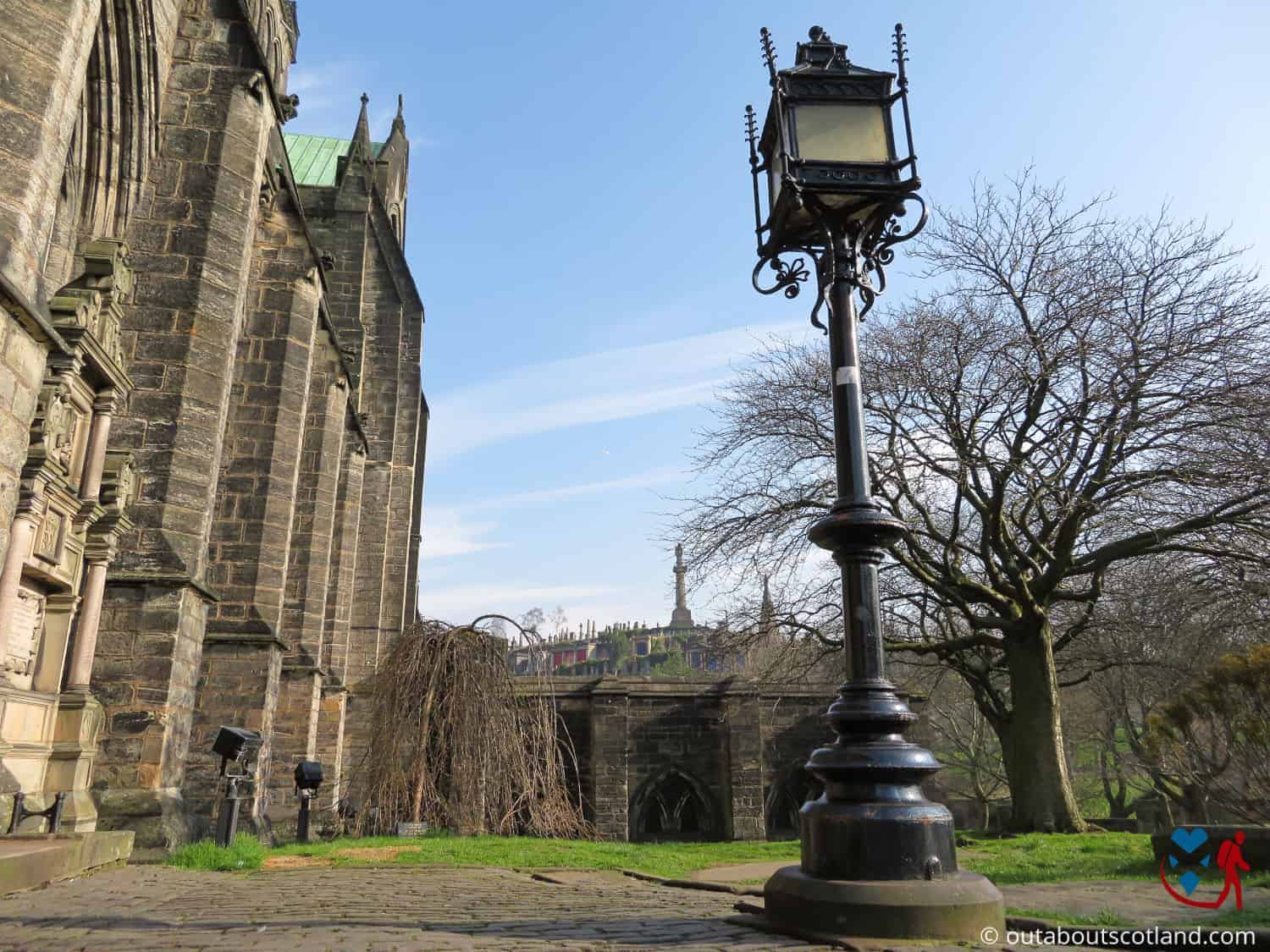
5. The name ‘Glasgow’ appeared for the first time in the early 1100s as ‘Glasgu’ or ‘Glascou’. In the Gaelic language, it means green hollow, which probably refers to a ravine located to the east of Glasgow Cathedral. The title ‘dear green place’ is often still used by Glaswegians when referring to Glasgow.
6. Gaelic is still spoken in Glasgow, and its use in the city is one of the highest in Scotland outside the Highlands. In fact, the only city in Scotland with a higher percentage of Gaelic speakers is Inverness, which is unofficially the capital of the Highlands. The Gaelic-only TV station BBC Alba has its studios on the River Clyde.
7. One of the world’s oldest public holidays began in Glasgow in 1190. The Glasgow Fair began as a way for people to meet and sell horses and cattle, but over time it transitioned into a festival with amusements, theatre shows, and circuses. Although the fair was originally held near Glasgow Cathedral, it moved to Bellahouston Park in the 1800s.
8. Glasgow Cathedral is one of the oldest buildings in the city, but many visitors don’t realize the oldest house is located nearby at the head of Castle Street, a short distance from the cathedral. Provand’s Lordship was originally built in 1471 as part of St. Nicholas Hospital, and it’s one of only four mediaevall buildings still standing in Glasgow today.
9. The magnificent University of Glasgow is as much a symbol of the city as the cathedral is. Founded in 1451, it’s the fourth-oldest university in the world and today serves as a place of learning for over 30,000 students.
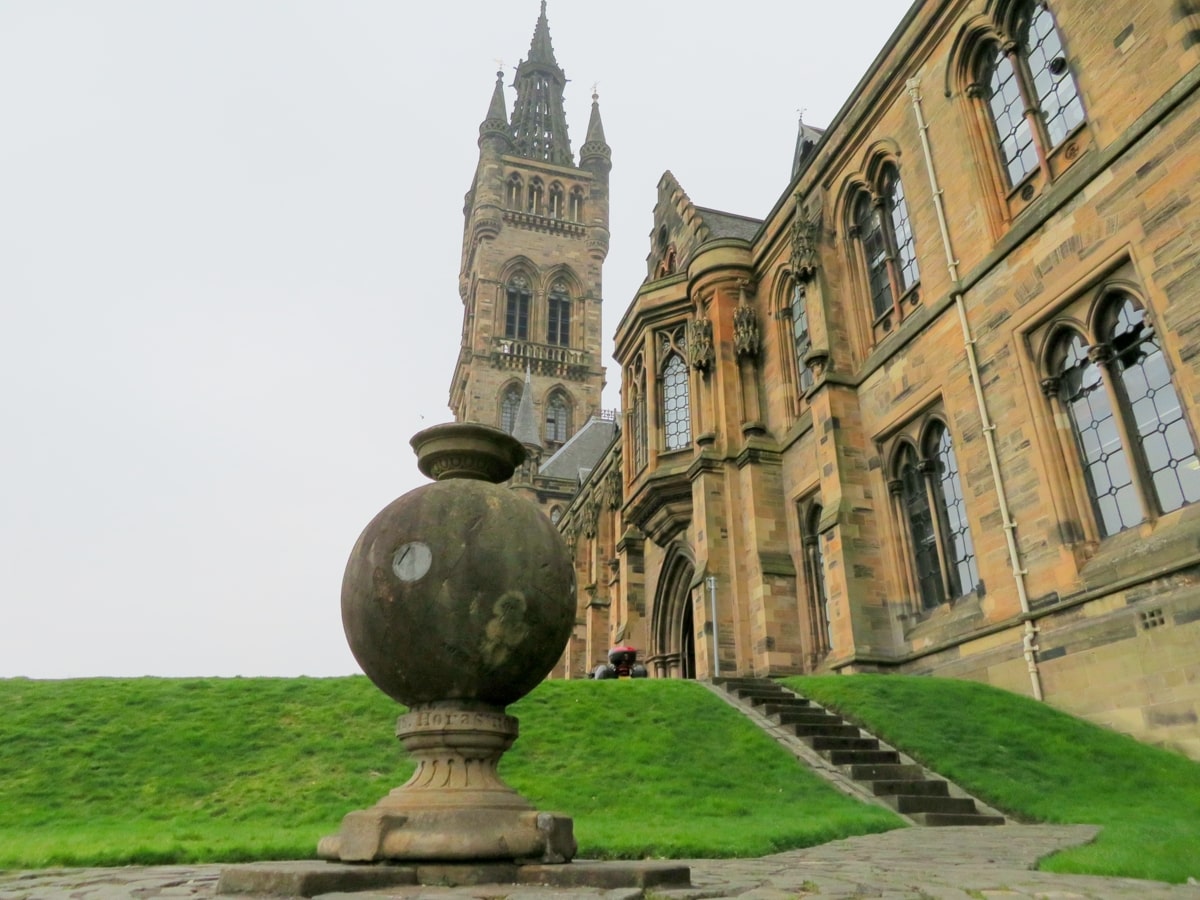
10. One of the highlights of a visit to Glasgow is exploring the museums. There are over 20 in the city, and almost all are completely free to visit, including the superb Hunterian Museum which is the oldest museum in Scotland. The Hunterian was founded in 1807 but moved into a permanent position in the middle of the University of Glasgow in 1870.
11. If you were to hop into your local time machine and travel back to 1938, you’d find that Glasgow had far more people back then than it does today. At its peak, the city housed more than 1.1 million residents, but with the building of new towns like Livingstone and Cumbernauld, those numbers decreased as people gradually relocated away from the noise and pollution of the city centre.
12. One of the biggest industries in Glasgow stems from its location on the River Clyde. Shipbuilding on the Clyde started in the 15th century and continues to this day, although it has reduced in size significantly from its heyday in the 1900s. In total, over 30,000 ships were built across all the shipyards on the River Clyde.
13. It’s a well-known fact that Glasgow’s shipbuilding industry was the envy of the world, but it might surprise you to know that during the industrial revolution, the riverbed was so shallow in places it could be walked across. The industrious Glaswegians solved the problem by dredging the river over the course of 53 years and removing over 108,000 tonnes of sediment.
14. Glasgow is home to more people than any other city in Scotland. As of 2024, there are over 590,000 people living in Glasgow, which makes it the seventh most populated city in the United Kingdom. Edinburgh comes in ninth with 465,000. Those numbers pale into insignificance against London, though, which is bursting at the seams with more than 7.5 million people.
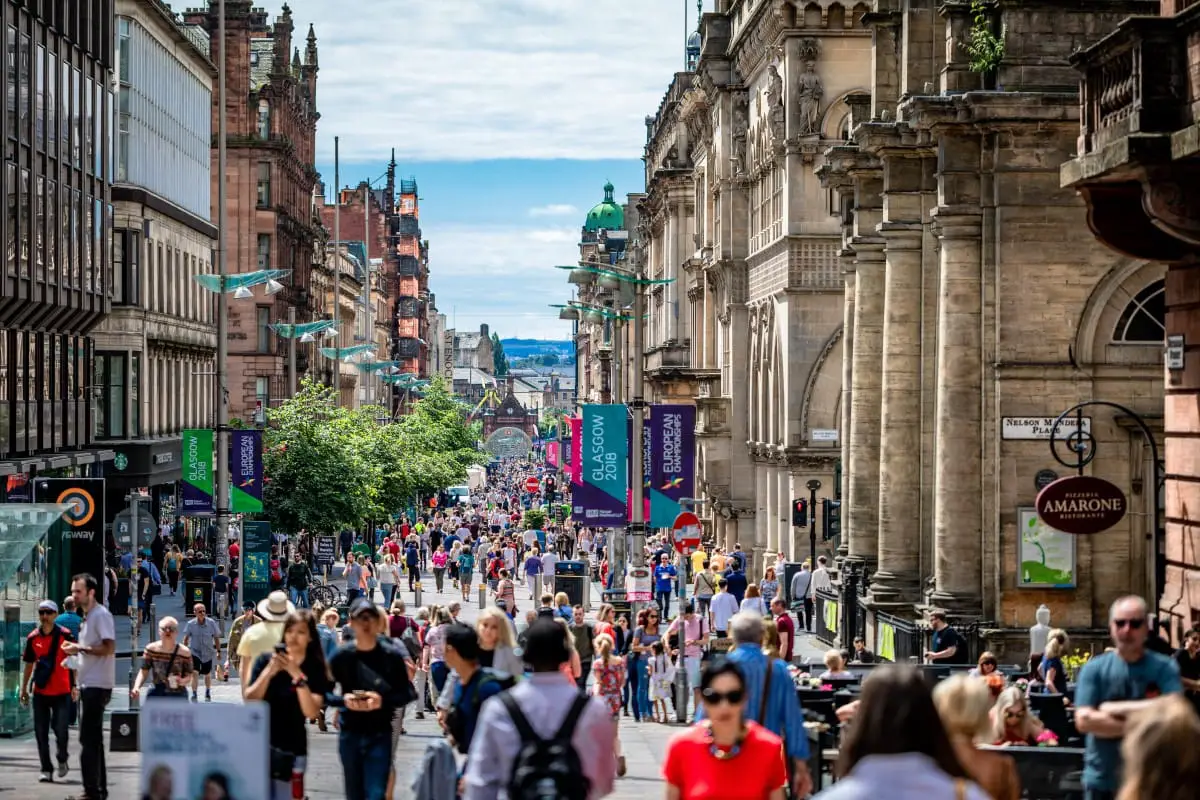
15. Some of the remains of St. Valentine are kept in Glasgow in the Church of Blessed St. John Duns Scotus. The church is home to a Franciscan order of monks and it’s the only remaining Catholic church in the Gorbals area of the city. You’ll find St. Valentine (well, part of him) at the front of the church in an ornate, 3-foot-wide chest that contains his forearm.
16. Although Glasgow has the biggest population it isn’t the biggest city by area. That award goes to Edinburgh which covers 102 square miles compared to Glasgow’s 68 square miles.
17. Glasgow is the only city in Scotland to have its own underground railway system. Known locally as the ‘clockwork orange’ due to the colours used on the trains, the underground metro is the third-oldest in the world and is only beaten by London and Budapest for age. The subway route is circular and has just two lines that connect 15 stations across 7 miles of track.
18. There’s more to the city than history, and Glasgow is also renowned for its music – so much so that it was designated as a UNESCO City of Music in 2008. There are an average of 130 music events staged each week that play all styles from classical to pop, but the city really comes alive at Glasgow Green in July when it hosts TRNSMT, which is Scotland’s biggest annual music festival.
19. Scotland was one of the earliest modern footballing nations and the first-ever International Football Association game was held in Glasgow in 1872 between Scotland and England. The match ended in a 0-0 draw.
20. The oldest football trophy in the world is the Scottish Football Association Challenge Cup, which was crafted in 1874 out of solid silver. The cup is 19 inches high, weighs five pounds, and spends most of its time at the Scottish Football Museum in Glasgow.
21. Glasgow has a fierce tradition of supporting its football clubs, and there is no stronger rivalry than the one between Celtic and Rangers. The feud between the supporters goes back over a hundred years, when Celtic attracted people from East Glasgow who were mostly Catholic and Rangers drew crowds from West Glasgow who were mostly Protestant.
22. One of the most-visited tourist attractions in Scotland is Kelvingrove Art Gallery and Museum which was built between 1888 and 1901. There is an urban myth that it was built back-to-front by mistake, which caused the architect to leap to his death from one of the towers. The reality is that it was designed to face into the park to coincide with the 1901 Glasgow International Exhibition.
23. One of Kelvingrove Museum’s best-loved exhibits is Sir Roger the elephant, who resides in the West Court. The Asian elephant lived in a zoo in Glasgow in the late 1800s but had to be put to sleep at the age of 27 after he became too aggressive to look after.
24. The Britannia Panopticon is the oldest surviving music hall in the world. The venue was founded in 1857 and was built to entertain an audience of 1,500 people for shows that were staged four times every day. Famous acts including Stan Laurel got their first big break at the Britannia Panopticon, but any that failed to entertain the audience would find themselves pelted with shipyard rivets, rotten turnips, and even horse manure!
25. If you ever visit the Glasgow Science Centre, make sure you pop around the back of the main building and take a lift up the Glasgow Tower. This marvel of modern engineering is the tallest free-standing building in the world and is capable of rotating a full 360 degrees. As well-engineered as the Glasgow Tower is, it has suffered continued breakdowns and has been in a near-constant state of repair since its opening in 2001.
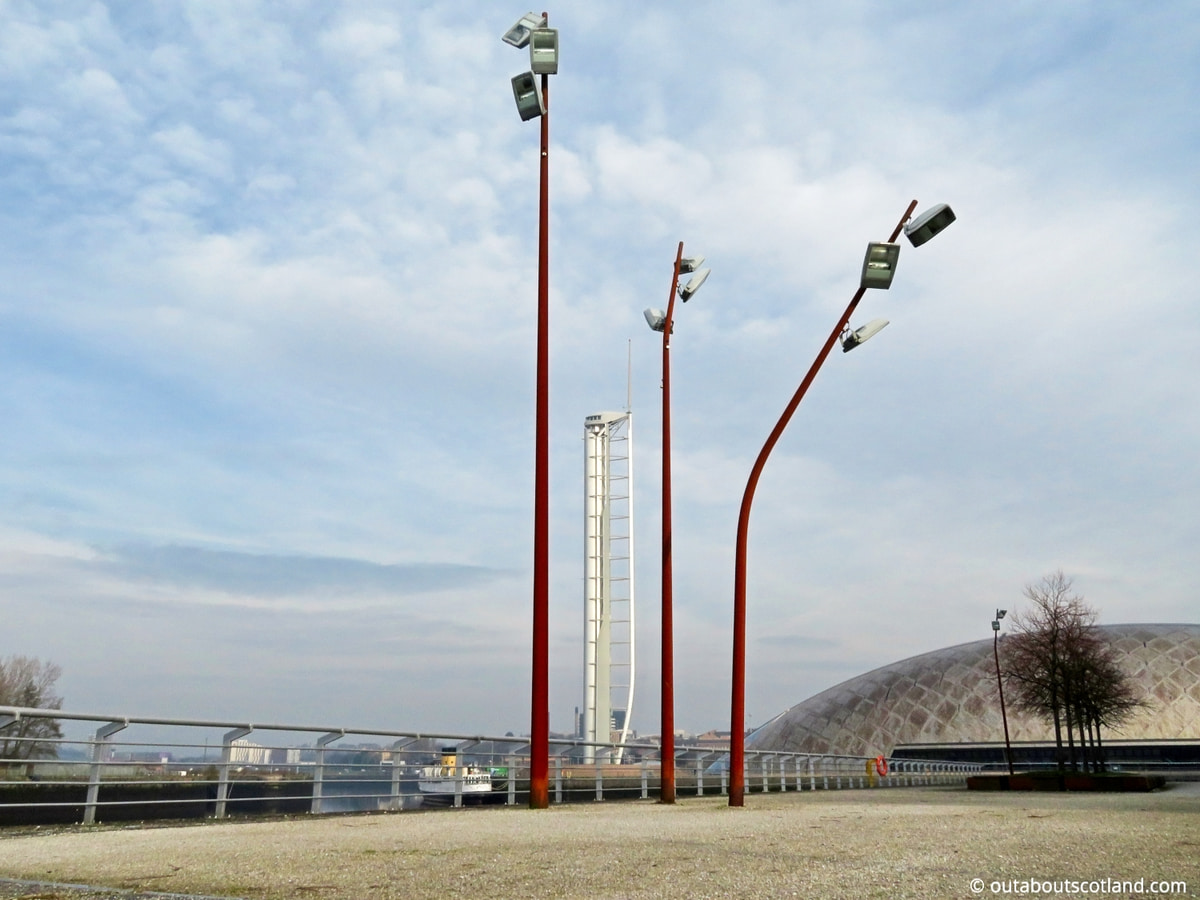
26. Aside from music and football, another great Glasgow pastime is drinking alcohol, and there can’t be many pubs more popular than the Victorian-era Horseshoe Bar in Drury Street. This city centre boozer boasts the longest pub bar in Europe at an impressive 104 feet and 3 inches.
27. One of the best free attractions in Glasgow is The Tall Ship, which is moored on a quay on the River Clyde. The Tall Ship, real name ‘Glenlee’, was built in 1896 as a cargo vessel for the shipping company Archibald Sterling & Co. Ltd.
She is 245 feet long and spent 47 years sailing the globe, first as a transport ship and later as a military training vessel. The Glenlee is the only Clyde-built sailing ship still afloat in the UK.
28. One of the oldest attractions in Glasgow can be found at Fossil Grove in Victoria Park. What’s amazing about Fossil Grove is that it contains the remains of petrified trees that are over 330 million years old! The eleven stumps are from a species of tree called Lepidodendron that is now long-extinct but thrived in the area at a time when Glasgow’s climate was humid and tropical.
29. Most visitors arrive in Glasgow by train or car, but the city also has its own seaplane terminal located at Princes Dock on the River Clyde near the Glasgow Science Centre. The first scheduled seaplane flight took place in 2007, and it’s currently the only city seaplane service in operation in Europe.
30. Glasgow is twinned with several cities across the world, including Nurnberg in Germany, Rostov-on-Don in Russia, Dalian in China, Havana in Cuba, Turin in Italy, Bethlehem in Palestine, Lahore in Pakistan, and Marseille in France.
Frequently Asked Questions
Where is Glasgow located?
Glasgow is located in the western lowlands of Scotland at roughly the same latitude as Edinburgh. It is a port city and it’s famous for its shipbuilding industry centred around the River Clyde.
Glasgow is also the largest city in Scotland, and it has the largest population.
Distances from other UK cities:
Glasgow to Edinburgh: 39 miles (62.76 km).
Glasgow to London: 346 miles (556.83 km).
Glasgow to Birmingham: 253 miles (407.16 km).
Glasgow to Manchester: 184 miles (296.12 km).
Glasgow to Cardiff: 306 miles (492.46 km).
What is the oldest pub in Glasgow?
Glasgow is well known for its traditional pubs, some of which are hundreds of years old. The oldest pub in Glasgow is believed to be The Saracen Head in Gallowgate. The pub has moved location several times and it is recorded that there have been four Saracen Head pubs in Gallowgate since 1755.
The previous contender for Glasgow’s oldest pub was The Old College Bar which was said to date to 1515 but was recently discovered to have actually been built in 1810.
Things to do in Glasgow
Glasgow is one of the top cities in Britain for attractions, many of which are council-run and have no entrance fee. Top-rated things to do include:
Parks: Pollock Country Park, Bellahouston Park, Kelvingrove Park, Glasgow Green, Queen’s Park.
Museums: Kelvingrove Museum, Riverside Museum, St. Mungo Museum, Scottish Football Museum.
Galleries: Kelvingrove Art Gallery, Hunterian Art Gallery, People’s Palace, Gallery of Modern Art.
Historic buildings: Glasgow Cathedral, the University of Glasgow, Pollock House.
Attractions: Glasgow Botanic Garden, Glasgow Science Centre, The Tall Ship, The Necropolis.
How old is Glasgow?
Glasgow is thought to be at least 1,500 years old.
It is known there was a settlement on the River Clyde where modern Glasgow is located in 550 BC, but the settlement did not begin to develop into a city until St. Kentigern established the 6th-century chapel that would later become Glasgow Cathedral.

